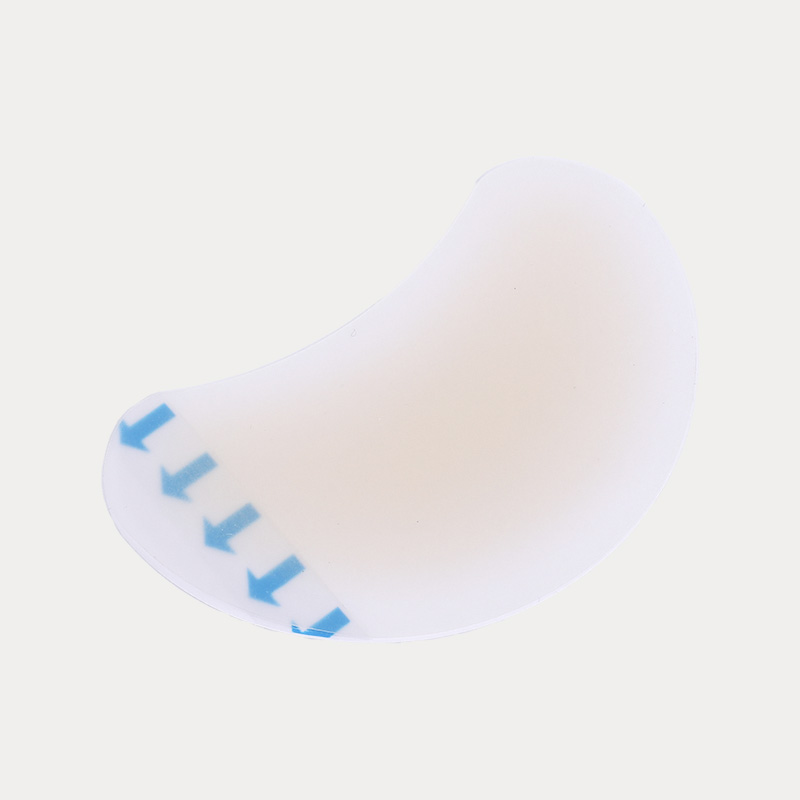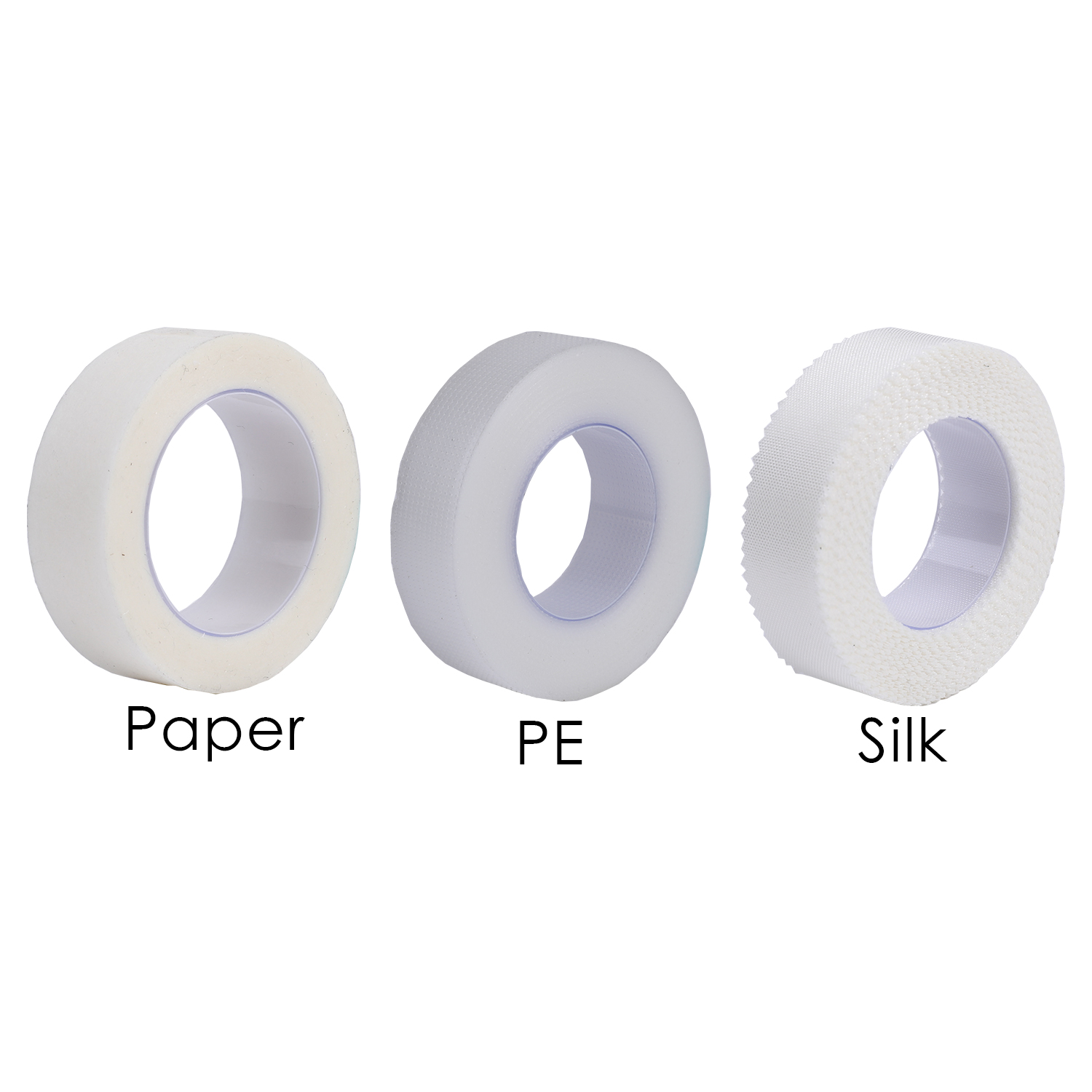AI real-time monitoring and personalized acceleration of wound healing
University of California, Santa Cruz, September 28, 2024—Wound healing is a complex, dynamic process involving multiple stages, including hemostasis, immune response, scab formation, and scar formation. Now, a wearable smart device called "a-Heal" promises to fast-forward this natural process. Led by engineers at the University of California, Santa Cruz, this innovative device integrates a miniature camera with artificial intelligence technology to identify wound healing stages in real time and automatically deliver personalized treatment, significantly accelerating the healing process.
This research was conducted by an interdisciplinary team from the University of California, Santa Cruz, and University of California, Davis, and was funded by the DARPA-BETR program. Project leader Marco Rolandi, professor and chair of the Department of Electrical and Computer Engineering at the UC Santa Cruz Baskin School of Engineering, explained that a-Heal's core innovation lies in integrating imaging, bioelectronics, and artificial intelligence into a "closed-loop system."
"Our system responds entirely to the body's signals and optimizes the healing process through external intervention," explains Professor Rolandi.
A tiny camera built into the device (developed by Associate Professor Mircea Teodorescu's team) takes pictures of the wound every two hours. These continuous images are fed into a machine learning model running on a nearby computer—what the research team calls "AI Doctor."
“It’s essentially a microscope hidden in a bandage,” said Associate Professor Teodorescu. “A single image provides limited information, but continuous imaging over time allows the AI to identify trends, determine the stage of healing, identify problems, and recommend treatment options.”
The AI doctor diagnoses the wound's healing stage based on the images and compares it with the ideal healing timeline. If healing is delayed, the system initiates a treatment program: locally releasing drugs (such as fluoxetine) through bioelectronic components or applying an electric field of a specific intensity to promote cell migration to the wound area.
The drug dosage and electric field strength are determined in real time by an AI model based on preclinical research data, aiming to optimize healing. After treatment, the camera captures the image again, initiating a new round of assessment and treatment. Throughout the process, the device wirelessly transmits images and healing rate data to a secure web interface, enabling doctors to remotely monitor and manually adjust the treatment plan as necessary.
According to preliminary preclinical study results published in the journal npj Biomedical Innovations, wounds treated with a-Heal healed approximately 25% faster than standard care. This achievement not only demonstrates the technology's potential in accelerating acute wound healing, but also offers new hope for treating chronic wounds that are difficult to heal.
The system's AI model utilizes reinforcement learning technology. Project participant Marcella Gomez, Assistant Professor of Applied Mathematics, explained that the model aims to achieve the "shortest healing time" by learning optimal treatment strategies through trial and error. As the device remains on the wound, it learns in real time the effects of drugs or electric fields on the specific wound and dynamically adjusts the treatment plan, achieving truly personalized adaptive treatment.
The research team is currently further exploring the device's potential in treating chronic and infected wounds. This technology is also supported by the Defense Advanced Research Projects Agency and the Health Advanced Research Projects Agency.
To commercialize this technology, please contact Marc Oettinger, Assistant Director of the UC Santa Cruz Office of Technology Transfer.
The birth of the a-Heal intelligent healing system marks a key step towards intelligent and personalized wound care, and is expected to provide more convenient and efficient treatment options for patients with limited mobility or in remote areas in the future.

 English
English عربى
عربى Español
Español русский
русский 中文简体
中文简体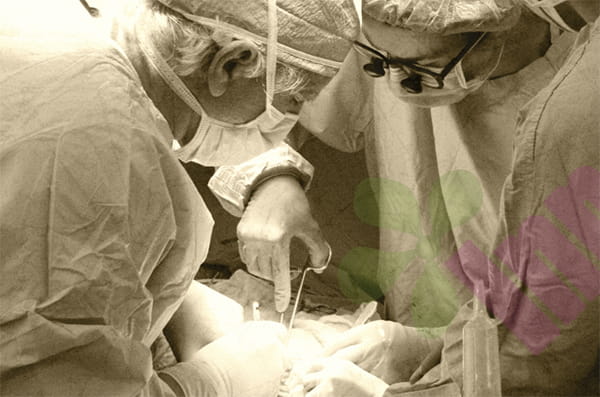

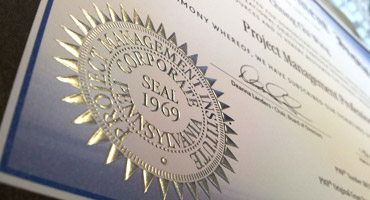
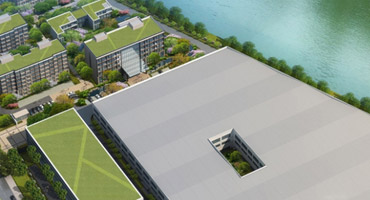



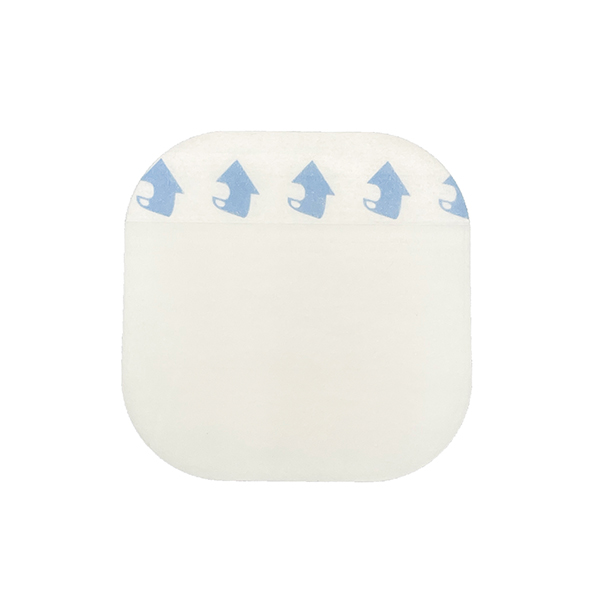
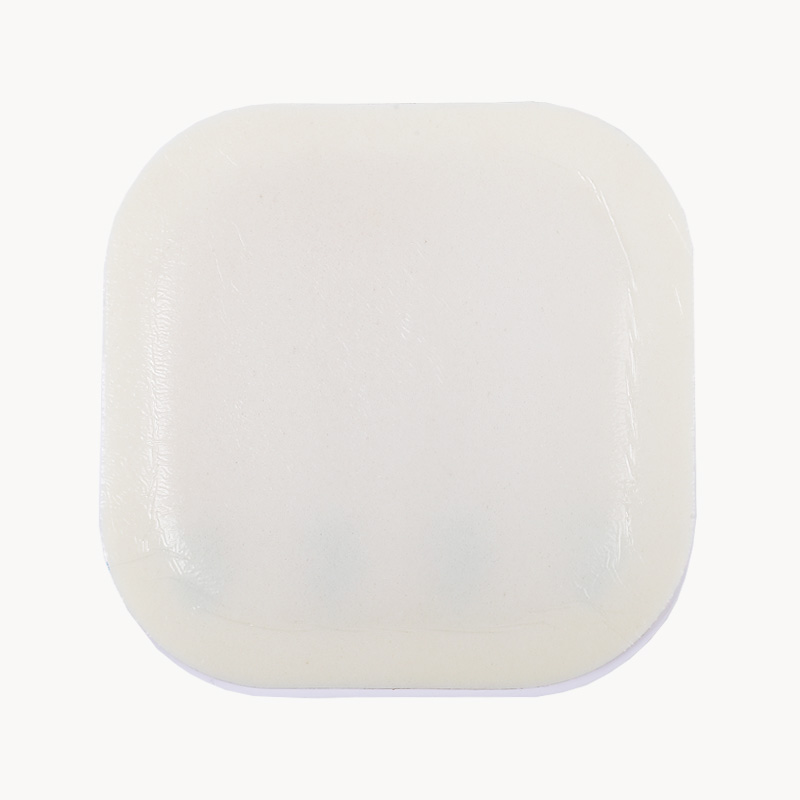
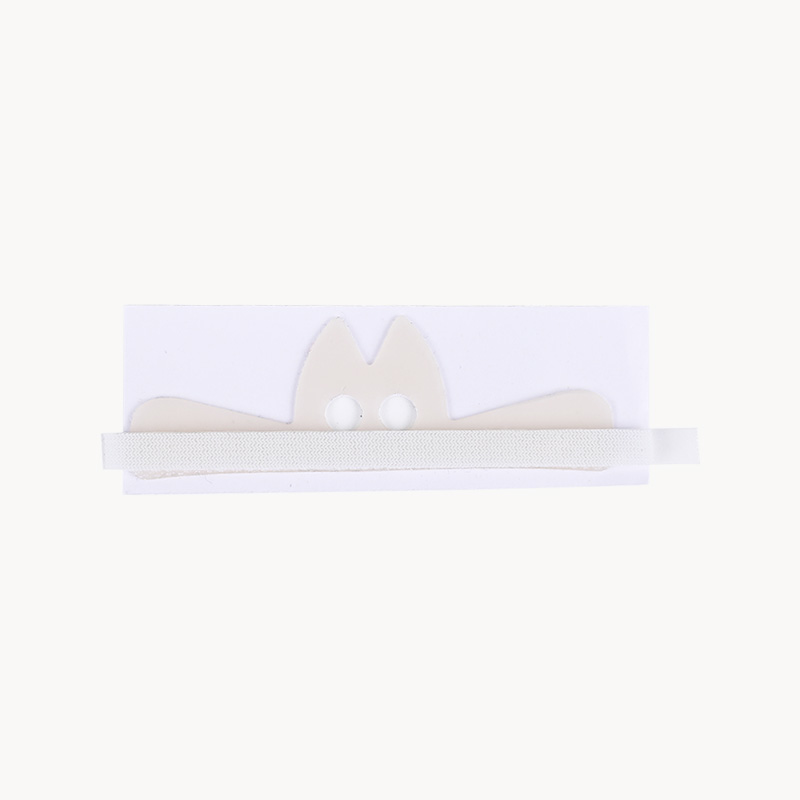
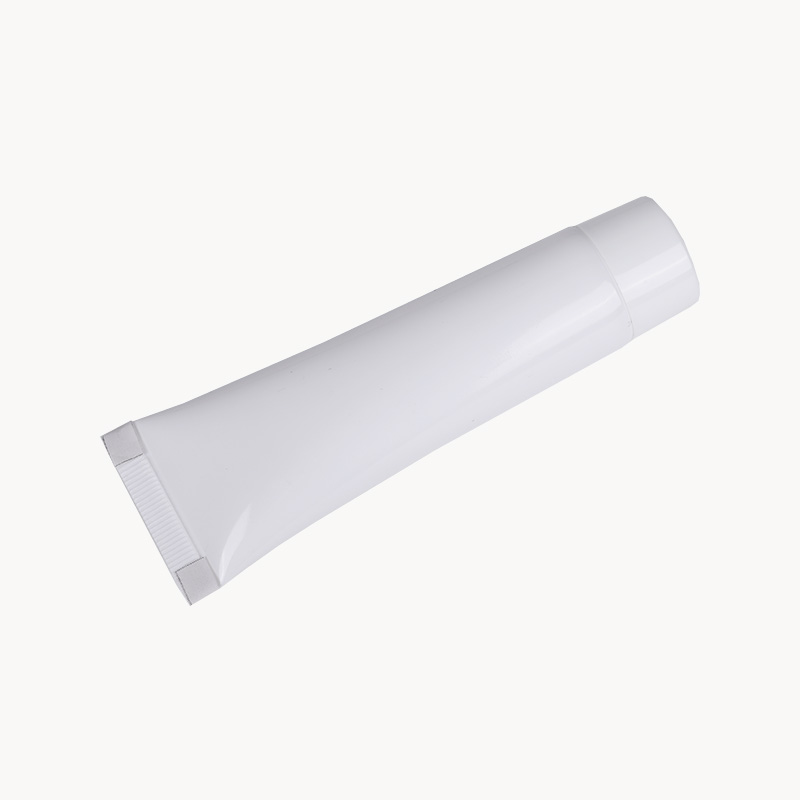
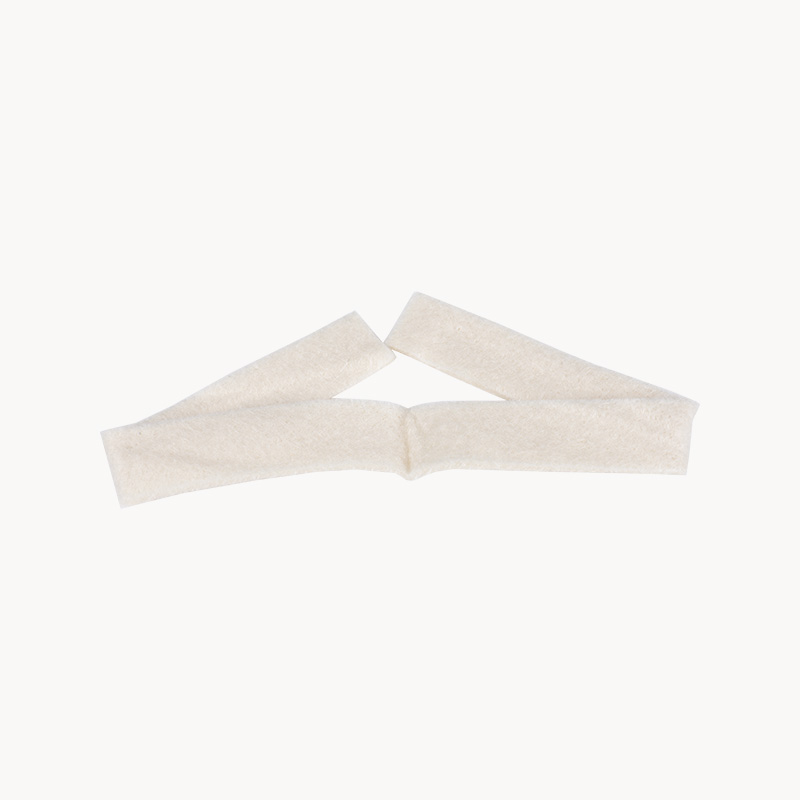
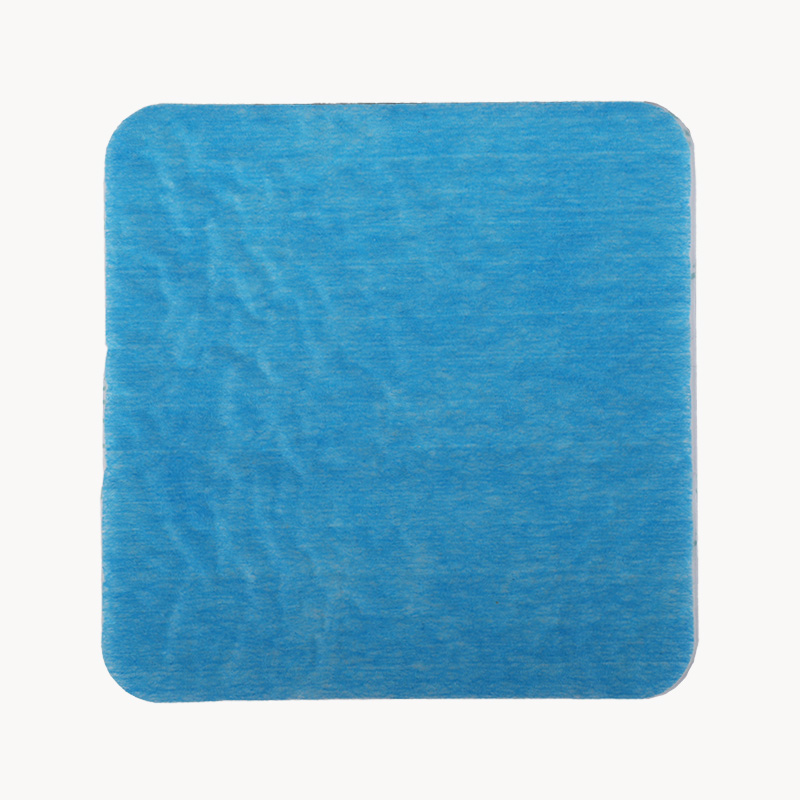
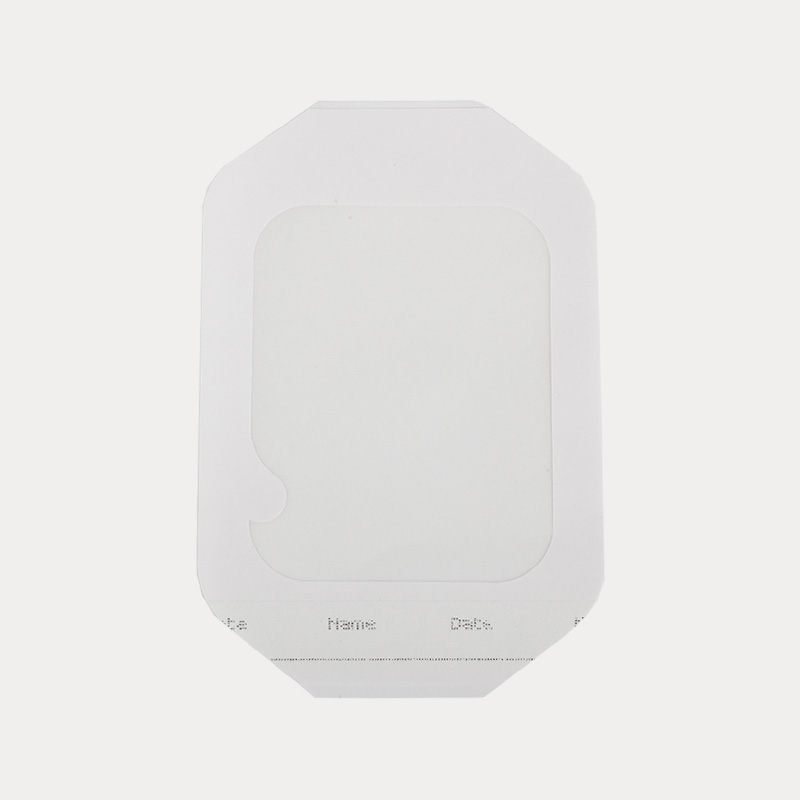
.jpg.png)
